Are you a new startup owner looking to launch an online store or a well-established brand considering a migration from Magento to Shopify Plus? If so, you’ve come to the right place! This blog is designed to guide you through the process. Need a faster solution? We have expertise in e-commerce website development services and can assist with migration.
This blog post discusses the reasons why you might want to switch the online store from Magento to Shopify Plus. It also provides a detailed guide to help you migrate the store. If you’re using WooCommerce instead, then the blog Migrate from WooCommerce to Shopify Plus in 6 Steps guides you through the migration process.
Overview of Magento
Magento was a leading e-commerce platform and remains a widely used, self-hosted solution. It is popular with businesses of all sizes, from small startups to large enterprises. There are two main versions available:
- Magento Open Source (Free): This is a free, self-hosted platform.
- Adobe Commerce (Paid): Formerly known as Magento Commerce, this is a paid version. It also has a hosted option called Adobe Commerce Cloud.
Magento officially ended support for Magento 1 (Original Version) in June 2020. Magento 2 was launched in 2015 and is the current version and is actively supported by Adobe.
Magento is a platform ideal for brands with high customization and scalability needs. It has a vast library of over 5,000 add-ons and extensions and offers native support for multiple languages and payment gateways. Magento is known for being SEO friendly, allowing for optimized product listings to improve search engine ranking.
Why Choose Shopify Plus Over Magento?
When deciding between Shopify Plus and Magento e-commerce, there are several key factors to consider. Notably, as the graph shows, the usage of Shopify has increased over time, while the percentage of websites using Magento has decreased. Here are compelling reasons why businesses might choose Shopify Plus over Magento:
- Ease of Use – Shopify Plus is known for its intuitive interface, making it accessible even for non-technical users. Setting up a store is streamlined. Magento, especially Magento 2, can be complex and requires technical expertise.
- Hosting and Maintenance – Shopify Plus is a fully hosted SaaS (Software as a Service) platform. They handle server management, maintenance, and security updates within the subscription fee. Magento itself is free (Open Source version) but businesses must manage their hosting, maintenance, and security updates, which requires investment in hosting, maintenance, and potentially developer expertise.
- Support – Shopify Plus offers dedicated 24/7 support through multiple channels and a dedicated manager. Magento has a strong community, but official support for the open-source version is limited. Paid support is available with Magento Commerce.
- Security – As a SaaS platform, Shopify Plus manages security, including PCI compliance and regular updates. In Magento, users are responsible for their security.
- Apps and Integration – Shopify Plus offers thousands of apps and integrations to enhance functionality. Integrating third-party services with Magento can be complex and may require developer expertise. Many extensions have costs, and integrating them may require additional development work.
- Pricing – Shopify Plus offers a predictable monthly cost depending on the plans that are taken up. Additional app costs and minimum transaction fees can add up depending on the needs. Magento might seem lower in cost with the free open-source version, but hosting, development, and maintenance fees can be expensive.
Pros and Cons of Magento E-commerce Platform
| Feature | Pros | Cons |
|---|---|---|
| Customization | Create a unique and highly customized online store | Requires a developer or coding knowledge for full customization |
| Features | Extensive built-in tools for managing sales, marketing, and inventory | If the user is new to the Magento platform then they may find it overwhelming. |
| Mobile Friendly | Ensures the store looks great and functions well on phones and tablets | Setting up a mobile-friendly store is complex. |
| Scalability | Can handle a large volume of products and customers | Maintenance costs can increase as the store grows |
| Ease of Use | Not that simple | More complex to use compared to platforms like Shopify Plus |
Also Read
Migration from Magento to Shopify Plus
Migrating from Magento to Shopify Plus involves several steps. Here’s a detailed guide to help migrate easily:
Pre-Migration Planning:
- Backup: Before starting the migration from Magento to Shopify Plus, create a complete backup of the Magento store. Having a copy of the data is important in case of any issues during migration.
- Set up your Shopify Plus store: Create a Shopify Plus account and set up a new store. Configure essential details like store information, payment gateways, and shipping options.
- Notify the users: Keep the customers informed about the upcoming migration from Magento to Shopify Plus.
- Data cleaning: It’s recommended to clean and streamline the data set. This involves removing duplicate entries, correcting errors, and ensuring transferring only the necessary information.
Did You Know:
LAKOR expanded into 3 new markets (Denmark, Germany, and the European Union) after migrating from Magento to Shopify Plus
Data Migration from Magento to Shopify Plus:
Choose a Migration Method: There are two main ways to migrate the data:
- Using Migration Tools: Several third-party tools specialize in migrating data from Magento to Shopify Plus. These tools simplify the process by guiding you through data selection, export from Magento, and import into Shopify Plus. Popular tool options include LitExtension, Cart2Cart.
- Manual Migration: While not recommended for large stores, it’s possible to manually export data from Magento and then import it into Shopify Plus.
List of Data to Migrate: Here is the list of data that must be transferred specifically to avoid any malfunctioning of the new store
- Customer Accounts: Customer data is very important for a business. Use an application like Matrixify to assist with data formatting that helps data mapping easily done during the migration process. Remember, passwords cannot be transferred. After migration, send the customers an activation link to reset their passwords on the new platform.
Data mapping: Data mapping is matching data fields from one system (Magento) to their corresponding fields in another (Shopify Plus). This ensures the data lands in the right place on the new platform.
- Orders: Every detail of a particular order must be transferred. This includes order number, date/time placed, customer information (name, email, address), payment details (excluding credit card information), product name, SKU, quantity ordered, price per item, and any applicable taxes or discounts.
SKU (Stock Keeping Units): SKU is a unique code assigned to a product for inventory management purposes. It acts like a product’s fingerprint within the store.
- Products: This includes product name, description, and any relevant product attributes (e.g., size, color, material), SKU, pricing, etc. Transfer high-quality product images in formats accepted by Shopify Plus (typically JPG or PNG).
- Other Data: If the Magento store has a blog, consider migrating existing blog posts to Shopify Plus. Transferring customer reviews is also important to build trust and social proof.
Also Read
Post-Migration steps
SEO Impact: Migrating from Magento to Shopify Plus can affect the site ranking if SEO is not done properly. Here are some tips to avoid the impact
- Audit: Before migrating, it is important to do an SEO audit to understand the current ranking and content.
- 301 Redirects: Set up these redirects to guide search engines from old Magento URLs to the new ones on Shopify Plus.
303 Redirect: A 301 redirect is a code that tells browsers and search engines a webpage has permanently moved. Users trying the old address are automatically sent to the new one.
- Content Consistency: Ensure all product descriptions, meta titles, and meta descriptions transfer accurately.
Test the new Shopify Plus store: Before launching it is advisable to test the site, as many times as possible. This helps avoid any issues after launching. Here are the key points to test:
- Checkout Page: Make sure payments, shipping, and taxes work properly.
- Responsiveness: Check whether the store is mobile-friendly
- Products and Content: Check descriptions, images, price of the product, and other functionalities
- Website Speed: Test the new Shopify Plus Stores loading speed on different devices and internet connections.
Wrap Up:
Migrating from Magento to Shopify Plus might seem like a daunting task, but with careful planning and the right tools, it can be a smooth experience. By following the steps outlined in this blog, you can free yourself from the technical complexities of Magento and focus on growing your business and engaging your customers.
Our team at ColorWhistle has extensive expertise in Shopify Development Services. We will assist with every step of the website migration process from Magento to Shopify Plus.
What’s Next?
Now that you’ve had the chance to explore our blog, it’s time to take the next step and see what opportunities await!

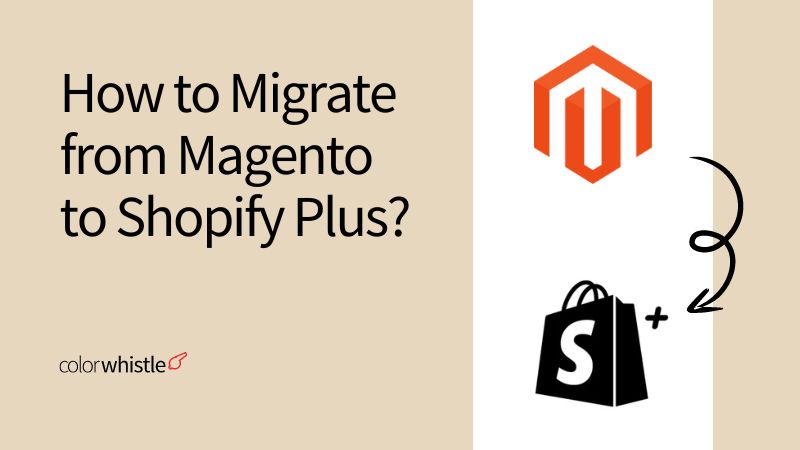
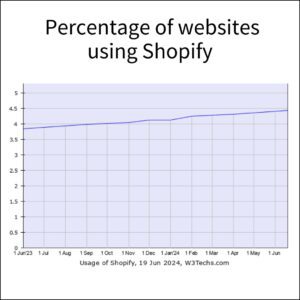
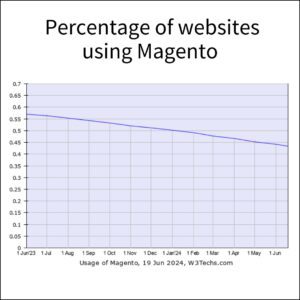

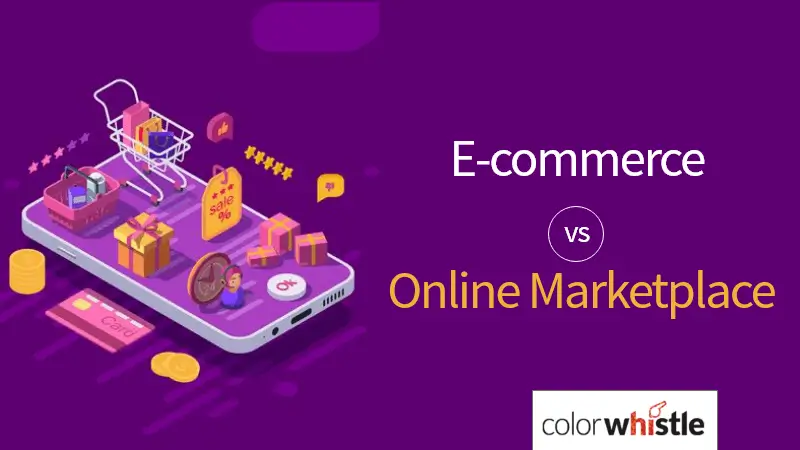
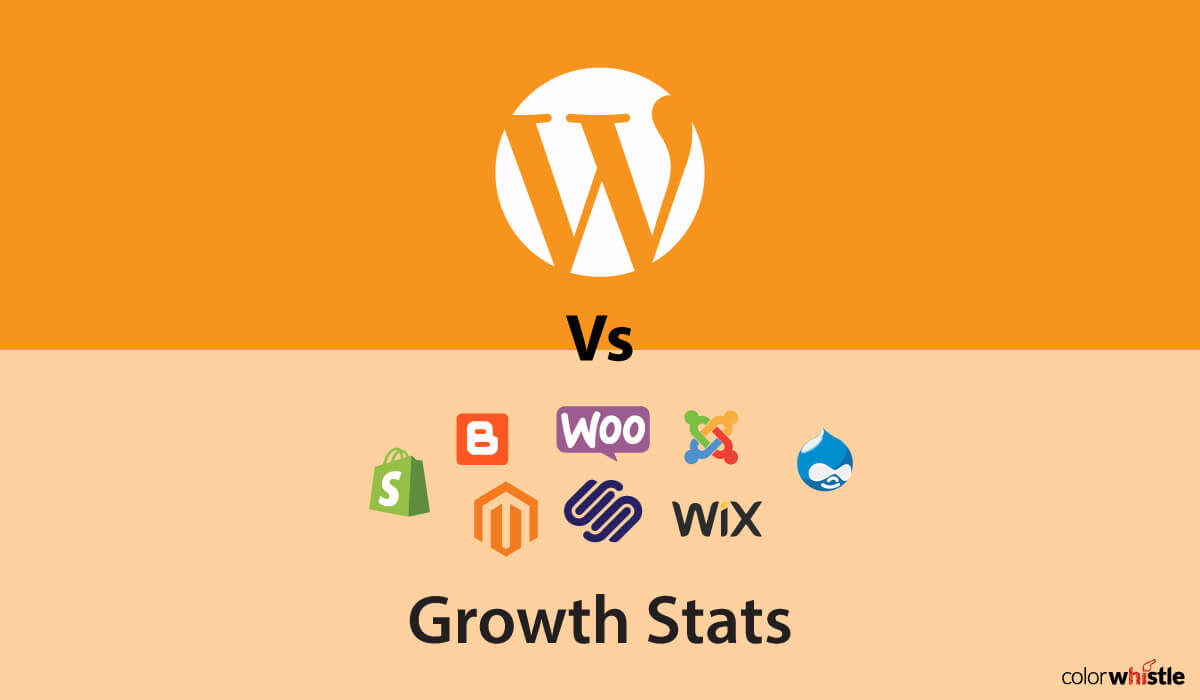

I recently read your blog on Magento to Shopify Plus migration, and it provided some great insights! The detailed explanation of each Magento to Shopify migration step and the challenges to watch out for were particularly useful for anyone planning a move.
While researching more on this topic, I found this resource which offers additional perspectives from a Magento-to-Shopify migration service provider on ensuring a smooth and efficient transition.
Thanks for putting together such a comprehensive guide. I’m excited to read more from you!